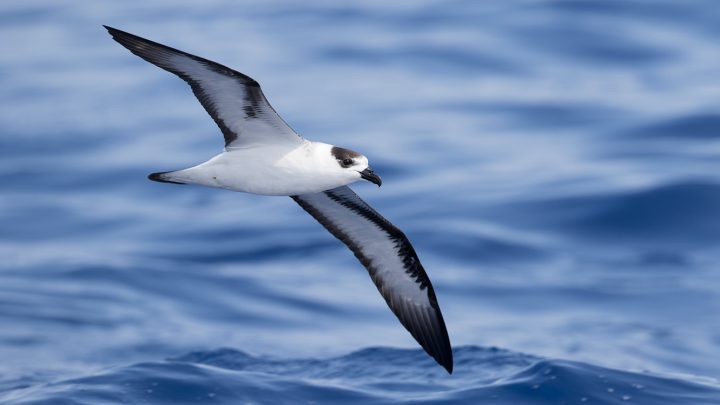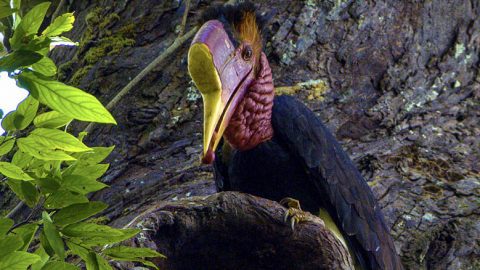Black-capped Petrel Up for ESA Protection, But Does the Proposal Go Far Enough?
By Marc Devokaitis
December 13, 2018
From the Winter 2019 issue of Living Bird magazine. Subscribe now.
Birders on pelagic trips off the southeastern U.S. often see Black-capped Petrels—sturdy seabirds with a U-shaped white rump that commonly cruise Gulf Stream currents off the Carolinas. But despite their seeming abundance in these open waters, there are likely fewer than 4,000 Black-capped Petrels left in the world.
In October, the U.S. Fish and Wildlife Service issued a proposal to list the species as “threatened” under the Endangered Species Act, because “the remaining populations are small, suitable habitat is limited for additional nesting areas, and stressors on the petrel are expected to increase.”
The only known place where Black-capped Petrels nest is the island of Hispaniola, where locals call them chathuant (“hooting cat” in French) and diablotín (“little devil” in Spanish). Both names refer to the haunting yelps of these seabirds at their breeding colonies. Around 90 percent of the known nesting areas are in Haiti, where deforestation continues to eat away at what little nesting habitat remains.
According to James Goetz, a former Cornell Lab researcher now with the Black-capped Petrel Working Group, the listing could open up new opportunities for funding conservation. But Goetz says other conservation benefits from the ESA listing would be negligible. The USFWS is not planning to designate any critical habitat or incidental-take prohibitions, since the primary threats to petrels occur beyond U.S. jurisdiction in their nesting range on Hispaniola.
The Center for Biological Diversity says the listing proposal doesn’t go far enough. In a press release, the group said the petrels “aren’t getting the full protection of the Endangered Species Act to keep them safe from oil and gas development.”
But endangered species policy expert Ya-Wei Li of the Environmental Policy Innovation Center says the proposal is in line with other recent ESA listings that seek to minimize permitting restrictions. Since the USFWS has found that petrel deaths due to offshore energy infrastructure do not currently pose a population-level threat, Li says that in all likelihood additional regulations “would offer only marginal benefits.” As of press time, the Black-capped Petrel ESA listing proposal was still under consideration.

All About Birds
is a free resource
Available for everyone,
funded by donors like you
American Kestrel by Blair Dudeck / Macaulay Library



